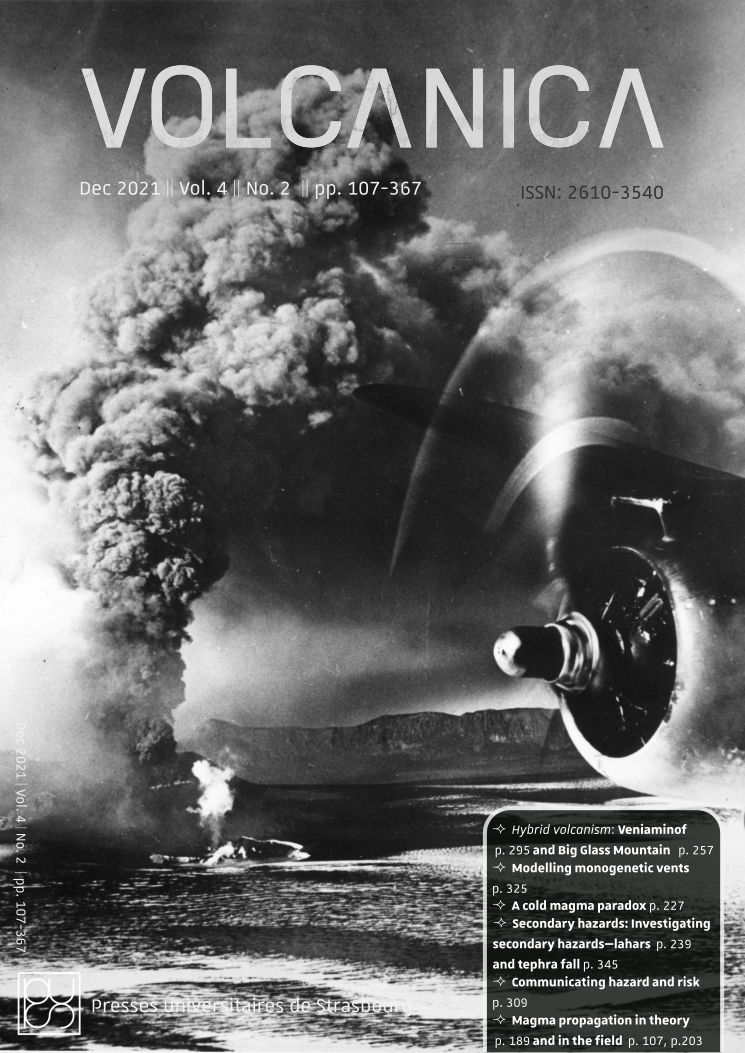Thick crust, hydrous magmas, and the paradox of voluminous cold magmatism
Main Article Content
Abstract
Andesites are refined and “cold” magmas compared to their basaltic parents, yet large volumes of andesites are generated at continental arcs. We show that large andesitic plutons are favored when arc crust attains a thickness of ~60 km while mafic plutons are small and favored when arc crust is thin. Using simple thermal models, we show that large, long-lived and relatively cold partially molten zones, sustained by recharge of hydrous basaltic magmas, are favored at depth when arc crust is thick due to the reduced efficiency of heat loss with increasing crustal thickness. Thin crust and drier magmas favor hotter and thinner partially molten zones. Our study provides an explanation for the apparent paradox that the most voluminous magmas in continental arc settings are cold. The origin of andesites may be linked to the interplay between magmatic differentiation, the availability of water, and the processes that control crustal thickness.
Downloads
Article Details

This work is licensed under a Creative Commons Attribution 4.0 International License.
© The Author(s).
Submission of an original manuscript to Volcanica will be taken to mean that it represents original work not previously published, and not being considered for publication elsewhere.
The Creative Commons Attribution 4.0 International License permits unrestricted use, distribution, and reproduction in any medium, provided you give appropriate credit to the original author(s) and the source, provide a link to the Creative Commons license, and indicate if changes were made.
Accepted 2021-09-10
Published 2021-10-26





